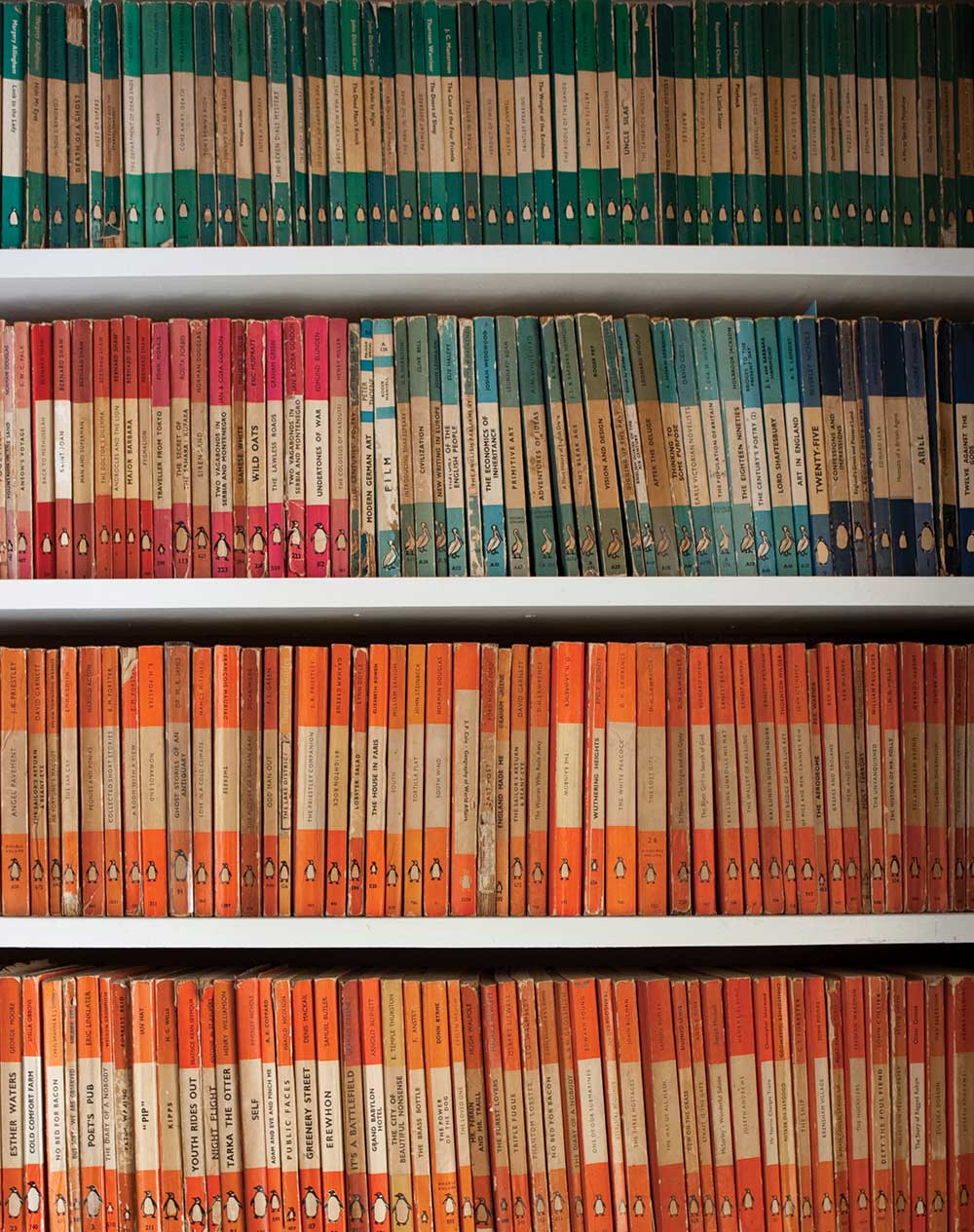Spatial Profiling
By Amara Projansky | Fall 2014 | Hudson Valley Real Estate Market
I was 23 and looking for an affordable place to live in New York City, and that meant a shared apartment. I perused the Village Voice, and soon I was on 7th Street between Avenues B and C, catching keys thrown from a window.
The place was exactly what you’d expect of a student apartment—sparsely furnished with crates for bookcases and a mattress on the floor of one of the bedrooms. It seemed like an authentic New York apartment, and I liked the emptiness.
My interviewer and his girlfriend were interesting and sophisticated—he worked in a newsroom and she was from London, studying journalism at Columbia. I knew right away I wanted to move in.
We sat and talked for a while and then in a crisp British accent, she said, “I really want to move in, but he won’t let me—he thinks it would be too serious for our relationship. But I like you.” And then to her boyfriend she said, “You should choose her!”
He looked at me seriously for minute and said, “You’re a pile person, aren’t you? I bet you have lots of things in piles.”
I was taken aback that he could guess that about me. How did he know?
It turned out he didn’t choose me as a roommate, but his confident insight into my personality made a strong impression on me. His clarity about my type brought it into my focus for the first time.
Since then I’ve found myself interested in personality typing systems—Myers-Briggs, astrology, Human Design System, the enneagram types, the doshas of ayurveda, the four temperaments—there are many systems that attempt to explain human complexity. I enjoy a conceptual map that offers an overview of the variations of personality and helps us have a little more empathy for each other despite our differences.
Each type has a unique balance of strengths and weaknesses. For example, my penchant for accumulating half-read books in stacks around my bed is a messy habit. Yet it’s a result of a curiosity for unearthing related ideas and drawing connections. I need all those books around me in order to track a developing web of new thoughts. While the external result is a messy bedroom, inside my head there is increasing order and understanding of a specific subject.
For this issue, Nina Shengold celebrates cram-packed spaces with a little review of Mary Randolph Carter’s new book Never Stop to Think…Do I have a Place for This? (see page 64) The book is full of lovely photographs of clutter, a paean to collecting that celebrates the passionate nature of those who are good at it.
To understand Carter’s point of view, simply appreciate the titles of her other books: For the Love of Old: Living with Chipped, Frayed, Tarnished, Faded, Tattered, Worn and Weathered Things that Bring Comfort, Character and Joy to the Places We Call Home and A Perfectly Kept House is the Sign of A Misspent Life. The book comes with the promise on the cover “How to live creatively with collections, clutter, work, kids, pets, art, etc… and stop worrying about everything being perfectly in its place.”
I love this book, and Carter’s work, because it brings an underrepresented personality type to the fore. While Carter’s is a strong voice for historical objects as a repository for meaning, our culture has a distrust of clutter, often seeing it as moral weakness. Yet every personality’s strengths and weaknesses result in a unique handprint. After all, order is meant to serve our aims, and some aims result in surprising forms of organization.
A very different approach to home life and order comes from Takaaki Kawabata. Ann Hutton visited the Japanese architect in the one-room home he created for his family of four (see page 27). Their lifestyle and the design of the house are interwoven. They practice a discipline of order, minimalism, and cascading use of space in which everything has a place, is taken out for use, then returned. The closet is a bedroom, is a playroom—but never at the same time. The result is a dynamic use of space, full of order and beauty.
Most of the personality typing systems maintain that our type is fixed, and though there are healthier and less healthy versions of each type, no amount of wishing or trying can fundamentally change us. So whether you love the control that comes from having systems for every domestic chore; whether you focus on people rather than places; whether you can’t think about anything until everything is in it’s place; or you crave freedom to engage with materials at hand—your home will show it.
Wherever you happen to fall on the spectrum of tidiness in your use of space, I hope you embrace your type (I keep trying). Our space is an aggregation of many habits and small choices we make. Like a snail, a conch, or a hermit crab, our space fits us.
Best,
Amara Projansky
